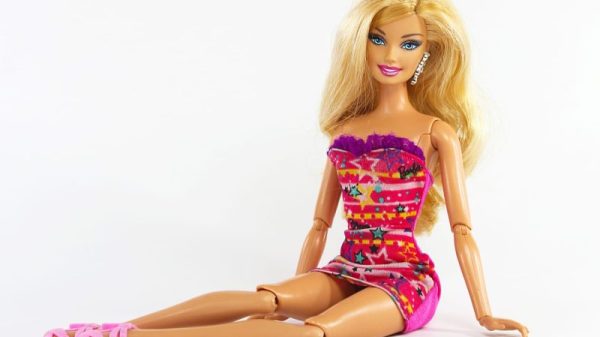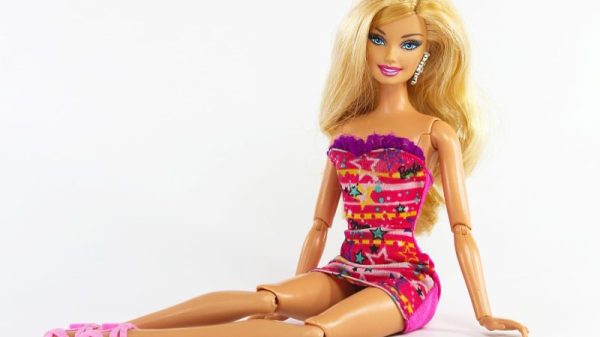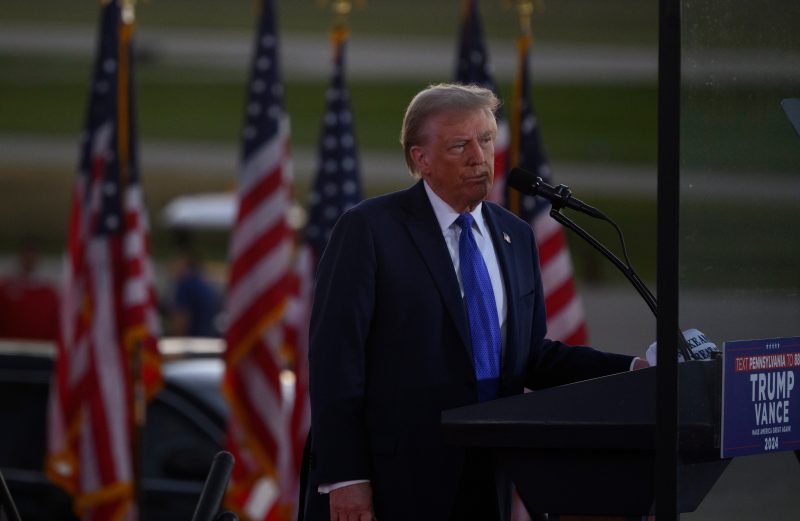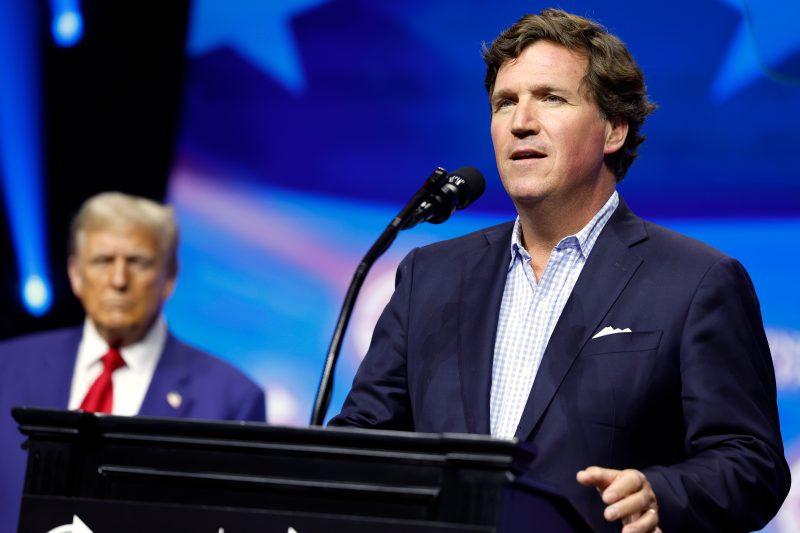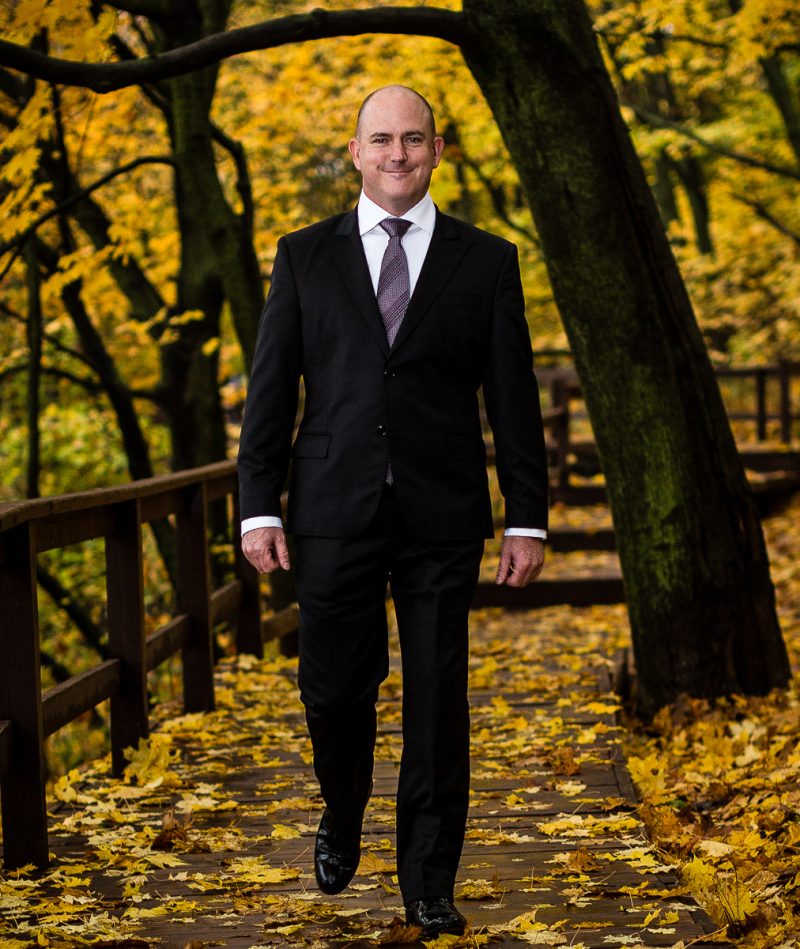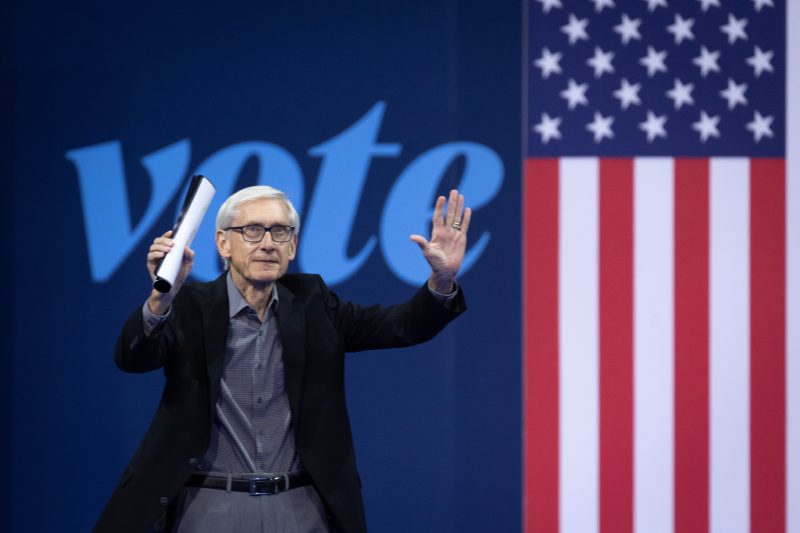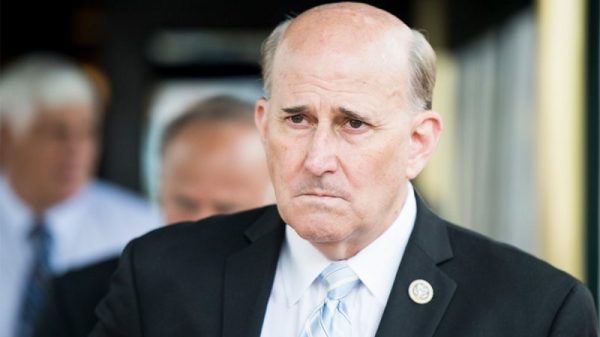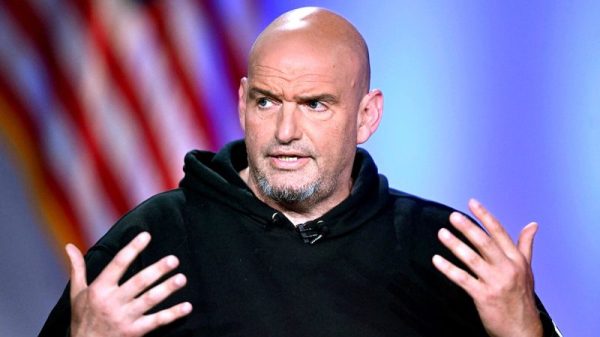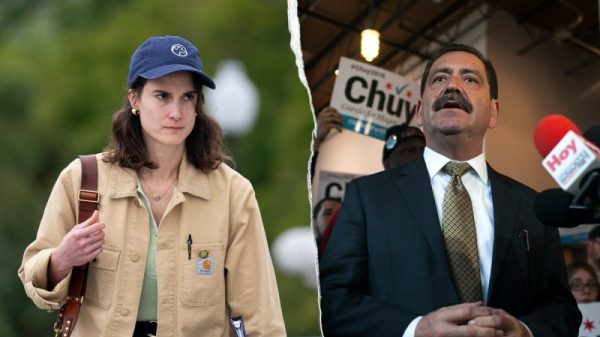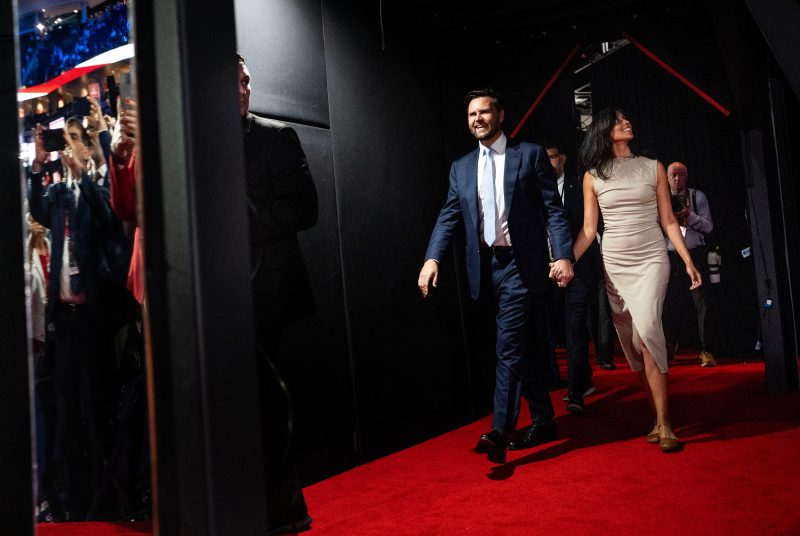
MINNEAPOLIS – Even before Vice President Kamala Harris picked Tim Walz to be her running mate, the Minnesota governor made headlines and launched countless memes when in July he delivered a simple, yet memorable critique of former president Donald Trump and Republicans, proclaiming them to be “just weird.�
“These are weird people on the other side,� Walz said in a July television interview, one of many where he has described Trump and his running mate, Ohio Sen. JD Vance, as “creepy, “weird,� “strange� or “odd.� “They want to take books away. They want to be in your exam room … These are weird ideas.�
Walz has continued to deploy his folksy, Midwestern-dad approach as he has stepped into the attack dog role that vice-presidential hopefuls traditionally play in the final stretch of the campaign, and his tendency for quick-witted yet plain-spoken jabs at the GOP ticket are certain to be on display as he takes the stage Tuesday night for his one and only debate against Vance.
Walz’s pithy digs at Trump and Vance have drawn attention to what it means to be “Minnesota nice,� a cultural stereotype that refers to how Minnesotans are unfailingly polite and kind and often go out of their way to avoid conflict. But a frequently overlooked undertone of that Minnesota niceness is a tendency to be deeply passive aggressive, where statements or actions that might not seem like an insult have harsher meanings.
To many in his home state, Walz is an undisputed master of Minnesota nice, displaying for the rest of the country that Minnesotan habit of loaded understatement. Calling Trump and Vance “weird� and “strange� is more than just a typical attack, people here say. It’s about as harsh and cutting of an insult you can deliver as a well-mannered Minnesotan, or at least someone who aspires to be.
“When you hear him say ‘weird,’ you just know what he means,� Allie Schneider, 32, said of Walz. “Weird is not always bad, but I think we all know what he is trying to say: That what [Trump and Republicans] want to do isn’t normal. … It’s a Midwestern way of saying, this is really out there.�
Schneider, who lives in Minneapolis, spoke as she navigated a long line snaking through the annual crop art exhibition at the Minnesota State Fair in late August, a beloved tradition that also happens to be deeply tinged with politics in a very Minnesota nice way.
It’s where crafty Minnesotans who are often reluctant to openly discuss their political views amid fear of ruffling feathers instead express those feelings through quirky yet elaborate mosaic-style artwork created with beans, seeds and other Minnesota-grown plant material.
Walz’s rise to the Democratic ticket has been a seismic political development in this blue-leaning but increasingly divided state that Trump has made a prime target in his bid to win back the White House. The former president nearly won Minnesota in 2016, losing to Hillary Clinton by less than two percentage points. Trump lost by seven points to Joe Biden in 2020 — though he has falsely claimed he won — and has declared the state to be in play again in 2024. A Minnesota Star Tribune/MPR News/KARE 11 Minnesota poll of likely voters last month found Harris leading Trump by five points, 48 percent to 43 percent.
In picking a running mate, Harris passed over the governor of Pennsylvania and a U.S. senator from Arizona, two crucial swing states. Although Harris is favored to win in Minnesota, a state that has not backed a Republican presidential candidate since Richard M. Nixon won the state in 1972, Walz is seen as a Democrat who understands competing factions of the party. Walz has twice won statewide election and governs amid the conflicting politics of the deeply blue Twin Cities and the rural areas that have grown increasingly red in recent years.
Walz is not beloved by all in Minnesota. A state fair booth run by a local conservative group boasted a “Never Walz� theme that likened the governor to leaders of Communist China and featured a spinning wheel of Walz’s purported political missteps according to Republican critics. On one Saturday, a spin that landed on “Burning Minneapolis,� a reference to criticism of Walz’s handling of the fiery unrest that erupted in the city in the aftermath of the 2020 police killing of George Floyd, prompted cheers and landed a contestant a free fan or T-shirt.
But that was not the reception Walz got elsewhere at the fair. The running mate announcement came one day before entries in the crop art contest were due — prompting a litany of last-minute Walz-themed pieces. Organizers had to expand the wall space to compensate for a record number of entries.
For Nell Graham, a public school teacher from St. Paul and a veteran crop art competitor, the news about Walz was too big to ignore. She halted work on her original entry that she had meticulously planned for months — another in her series of seed portraits featuring barrier-breaking female Minnesota lawmakers — and quickly launched a new one.
“I wanted to capture the moment,� said Graham, 44, a Democrat and Walz supporter. “Things suddenly felt so different than they had a few weeks before, so hopeful.�
She designed a map of the United States, using quinoa, split peas, wild rice and lentils glued together by the thousands atop a canvas board. In red lentils, she highlighted Minnesota. And using red quinoa, she crafted a banner headline: “Make America Minnesota, Tim!�
In many ways, it was a perfect encapsulation of what it means to be Minnesota nice: It was both a celebration of Walz and his progressive agenda, but also a backhanded dig at Trump, his campaign slogan and his attacks on Walz’s leadership in Minnesota, which has pushed the state in a notably leftward direction.
Trump has repeatedly attacked Walz as a “radical� for his stances on issues such as abortion and his handling of the 2020 unrest in Minneapolis. Trump has claimed that if Walz is elected as vice president, he will “unleash HELL ON EARTH.�
“That’s not been our experience here,� Graham said. She admired Walz for many reasons — including his commitment to additional funding for public schools including special education, her field of work. “I feel like we see him as this person who really changed things … and how we are able to serve families in Minnesota.�
Her piece was displayed alongside more than a dozen other entries commenting on Walz and the presidential election. One piece featured a dual portrait of Trump, his hair molded in yellow barley seeds, and Vance, depicted entirely in lentils, below a quote attributed to Walz, describing them as “weird.� Alongside Vance’s portrait were nods to various memes about his candidacy, including a couch, a dolphin and a bottle of green soda, all constructed in colorfully dyed pieces of barley. There were no pro-Trump entries.
Graham’s Walz-themed mosaic was a companion piece to her entry in the fair’s scarecrow contest, another popular competition in which entries not only must be viable human-size wardens capable of discouraging birds from feasting on growing crops but often tend to be loud statements on the politics and culture of the moment.
Entries in recent years have including Trump-themed scarecrows, including one that challenged his controversial statements on the coronavirus; and a scarecrow highlighting testimony before the Jan. 6 congressional committee about the Trump White House’s alleged efforts to try to overturn the 2020 election results.
This year, Graham designed a scarecrow using a mannequin in a sequin dress draped with various types of birth control that she procured from friends including empty boxes of contraceptive pills, packaging for IUDs and a disposable diaphragm. She added a sign with a message: “Birth control is on the ballot. VOTE!�
A few feet away, another entry also tackled the issue of abortion and the Supreme Court’s undoing of Roe v. Wade. A blindfolded mannequin dressed in a red robe and white hat, modeled after the costume in the show “The Handmaid’s Tale,� was posed like Lady Liberty. But instead of the scales of justice, the mannequin dangled a wire hanger in her left hand. Instead of a sword, she held a mop, aimed toward a pile of archival newspaper headlines at her feet. “Court affirms abortion rights,� one read.
Graham spent months constructing her scarecrow, often with the help of her three young daughters, ages 13, 11 and 6. It was their future that she thought about as she worked — worried that they might grow up in a country where they have fewer rights than she has enjoyed. She wanted her creation to be playful but also deliver a loud statement about her concern — and draped the boxes of birth control with bells that jingled in reaction to air and movement.
“I am scared about what might happen with birth control, after what happened with Roe and the Supreme Court,� Graham said. “My daughters and I all learned a lot about birth control as we were taping the boxes together … and I just kept thinking how I have had access to this my entire life, and they may not and how scary that is.�
She wanted to make her concern “loud and clear� to anyone who walked by, including those who may have different political views, Graham said. A native of a suburban Twin Cities town that has grown more conservative in recent years, she acknowledged that could include members of her own family. “I think, in some ways, creating something that takes on a serious subject but is playful is a way to have conversations with people you might not always agree with,� she said.
And as much as she liked him, even Walz was not spared from Graham’s tendency to be a little passive aggressive in that typical Minnesota nice way. On the card depicting the various seeds she used, Graham included a tiny asterisk to her message of “Make America Minnesota, Tim.�
“In a super Minnesotan, passive aggressive way, I said, ‘Except for racial equity. Let’s do better with that,’� she recalled.
It’s a message she knows Walz will see. Near the end of the fair, Graham ran into the Minnesota governor and his family as he made a detour off the campaign trail. She got a photo with Walz and talked to his wife, Gwen, telling her all about the piece.
Graham plans to donate it to the state of Minnesota, where it could be displayed on the wall of Walz’s office or the governor’s mansion, which is under renovation. As with other official gifts, Walz has the choice of paying a fair market value for it when he leaves office — whether that’s next year or in 2027, when his term is up.
“Maybe it will be hanging in Washington soon,� Graham said.









